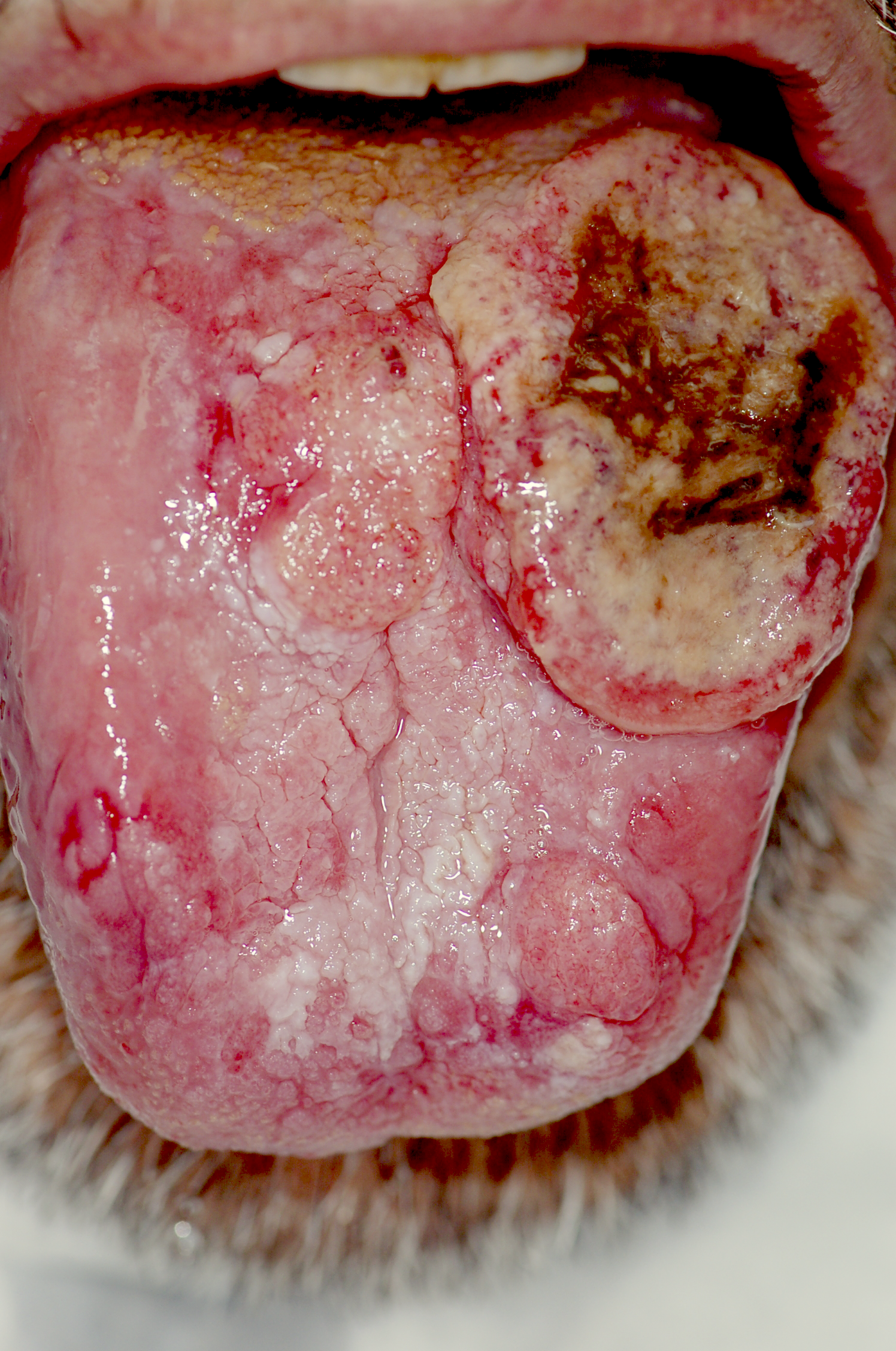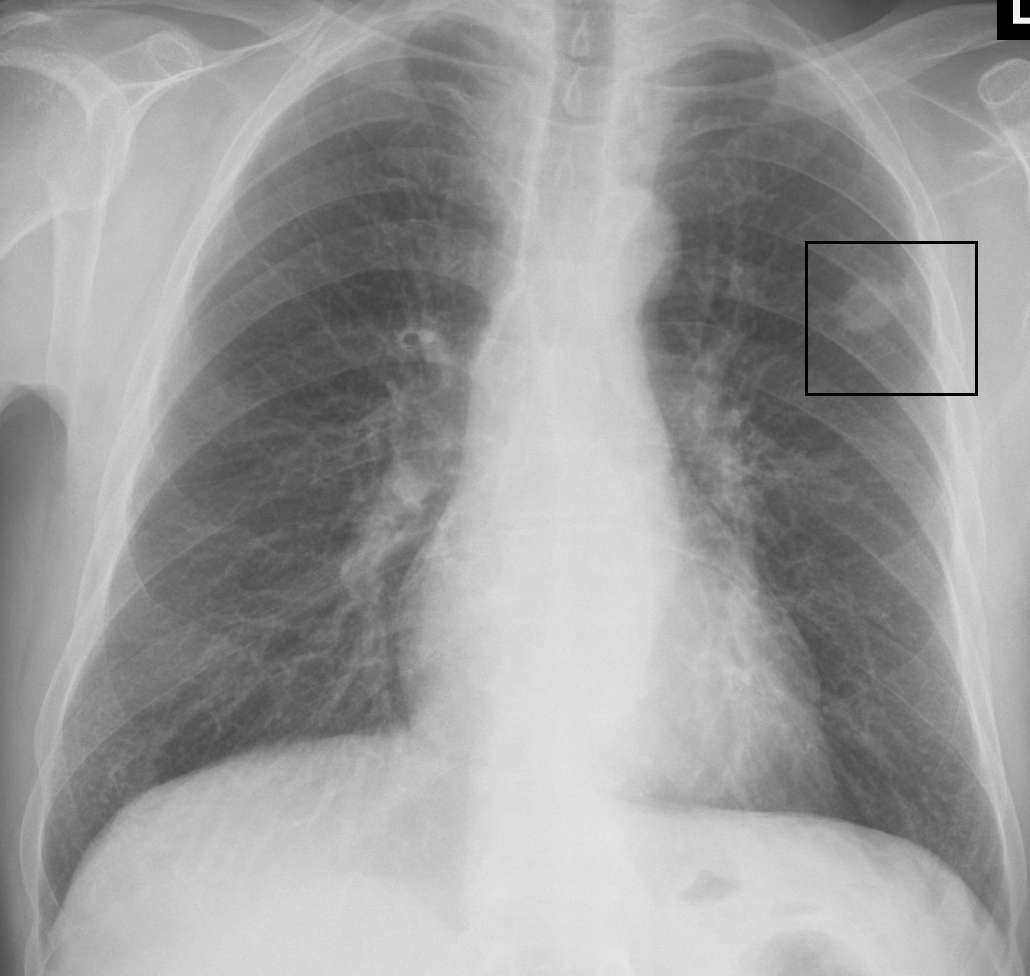Close to 42,000 Americans will be diagnosed with oral cancer, 8,000 of those cases being fatal. Oral cancer has a high death rate not because there is no treatment, but because the cancer is diagnosed too late (a common dilemma when it comes to certain cancers). The genes associated with oral cancer include p53, BAX, BCL-2, and many
other growth factoring genes and inhibitors. The full list can be seen here.
Oral cancer's symptoms include sores that never really go away and are located in the gums, lips or deep in the mouth walls. Excessive bleeding of the gums is a common symptom and while it can be confused with other oral diseases, oral cancer tends to numb the mouth more often in the early stages. Oral cancer does not only affect your mouth but also your entire body. Weight loss, lack of sleep, and ear and throat pain.
The most obvious causes of oral cancer are smoking or chewing tobacco (electronic or not), excessive alcohol, and family genes. However, one cause of oral cancer that is not commonly acknowledged is sun exposure. It is more dangerous for a young person to be out in the sun for too long since it can lead to cancer and oral cancer is no different. Ironically, 25% of people who develop oral cancer do not even smoke or drink and some do not even have a family history associated with oral cancer.
When oral cancer is diagnosed at your dentist, the dentist will perform an oral cancer check up. They will feel around the neck, nose, ears and mouth for an irregular bumps. If suspicious tissue is found, they may perform a harmless oral brush biopsy. However, if the tissue in question is too irregular, a scalpel biopsy is performed and those tissues are sent to labs for tests. It is necessary to test any irregular tissue to ensure that if it is a malignant cancer or disease, it doesn't spread. If the oral cancer is at a certain stage, medical experts may take x-ray exams of your thoracic region to see how far the cancer has spread.
Oral cancer is treated like any other cancer and is said to be very delicate when removing the cancerous tissue due to the area of the surgery. Radiation therapy is part of the treatment in order to prevent cancer cells from overproducing and spreading. In order to prevent getting oral cancer, make sure to brush your teeth regularly, eating healthy, not smoking or drinking and staying away from sun exposure. Also, be sure to visit your dentist and get a check up every six months.
Sources:
http://oralcancerfoundation.org/facts/index.htm
http://www.webmd.com/oral-health/guide/oral-cancer
http://www.medicinenet.com/oral_cancer/page4.htm#what_are_the_symptoms_of_oral_cancer
http://www.medicinenet.com/oral_cancer/page6.htm#treatment_for_oral_cancer
http://nar.oxfordjournals.org/content/29/1/300/T1.expansion.html




